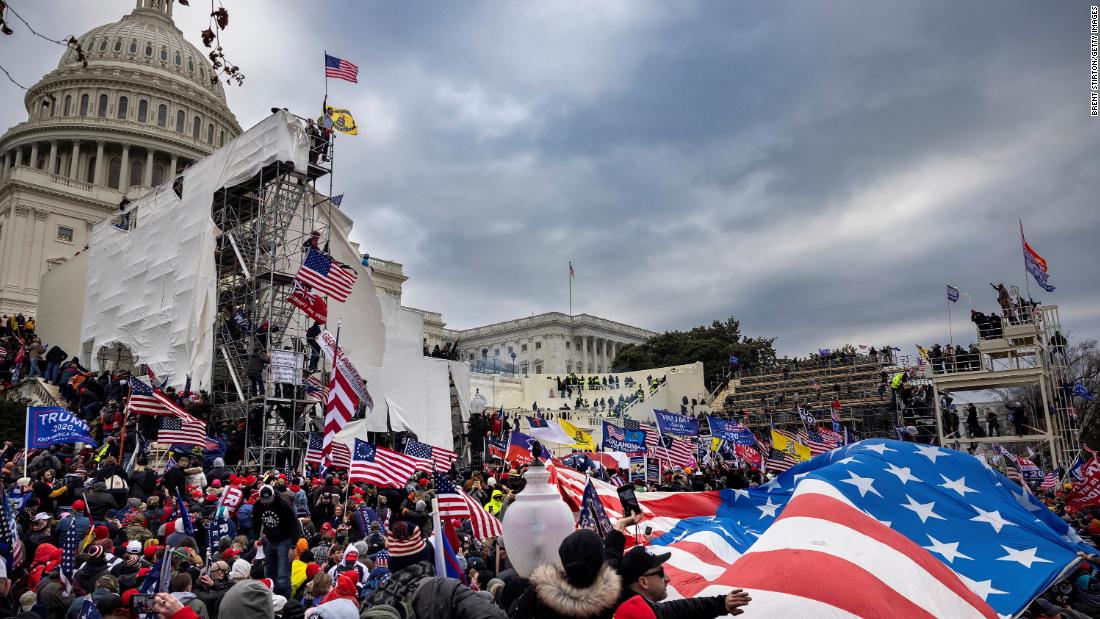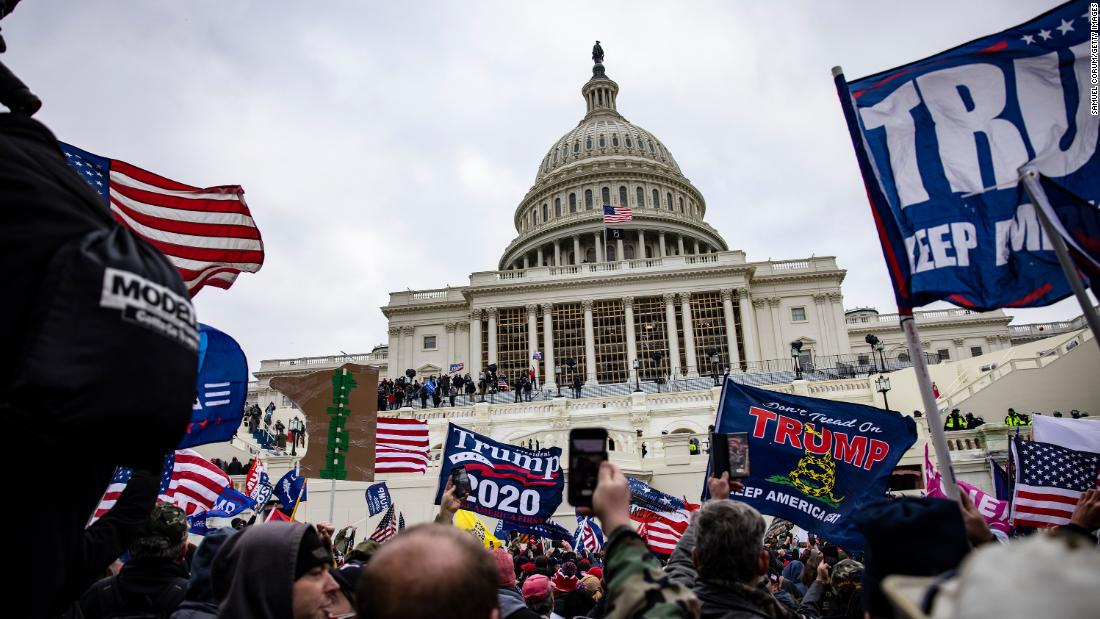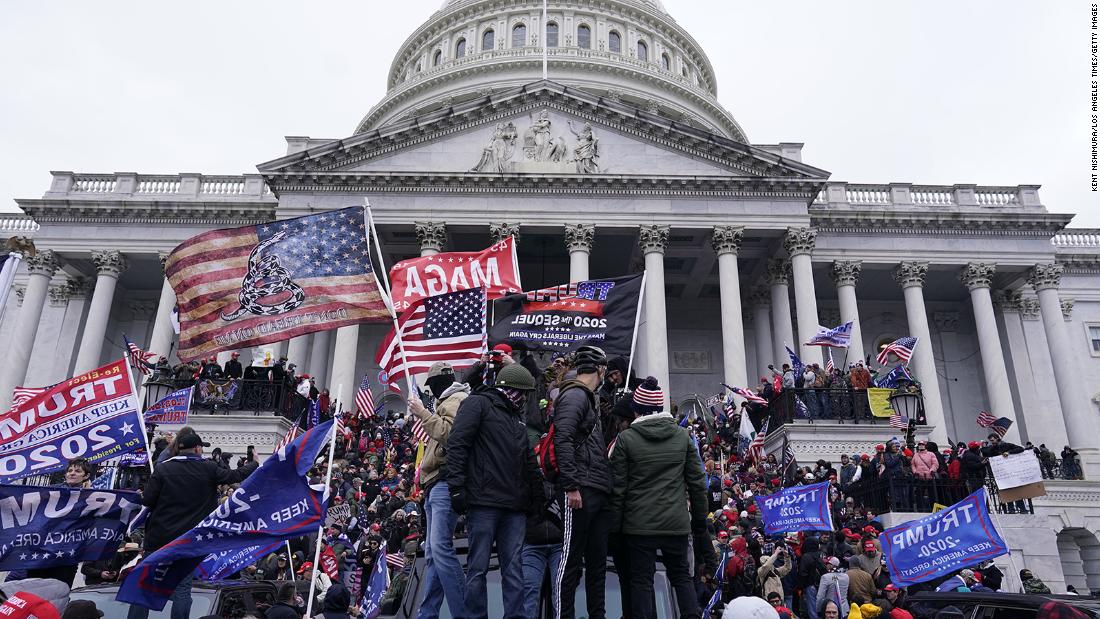The January 6 insurrection at the U.S. Capitol in 2021 remains one of the most significant events in recent American history. It was a day of chaos, violence, and uncertainty that left many questioning the stability of American democracy. As we delve into this topic, understanding the human toll of the event is crucial. How many people died during the January 6 insurrection? This article aims to provide a detailed and factual analysis of the casualties, causes, and broader implications of this historic event.
The insurrection not only shocked the nation but also drew global attention to the fragility of democratic institutions. It highlighted deep divisions within society and raised concerns about national security. This article explores the deaths associated with the event, shedding light on the circumstances surrounding them.
By examining official reports, expert analyses, and credible sources, we aim to paint a clear picture of the human cost of the January 6 insurrection. This exploration will help us better understand the event's impact and its lasting legacy on American politics and society.
Read also:Does Ava Max Have A Husband Exploring The Personal Life Of The Rising Pop Star
Table of Contents
- How Many People Died During the January 6 Insurrection?
- Timeline of Events on January 6
- Official Reports on Casualties
- Direct Deaths on January 6
- Indirect Deaths Linked to the Insurrection
- Health Impact on Participants and Responders
- Long-Term Effects on Survivors
- Causes of Fatalities
- Legal Consequences for Participants
- Steps to Prevent Future Incidents
How Many People Died During the January 6 Insurrection?
The January 6 insurrection resulted in several deaths, both directly and indirectly. Official reports confirm five deaths on the day of the event, while subsequent investigations identified additional fatalities linked to the insurrection. Understanding the full scope of the human cost requires examining both immediate and long-term impacts.
The deaths include one Capitol Police officer, Brian Sicknick, who succumbed to injuries sustained during the riot. Four others died due to medical emergencies, including heart attacks, during the chaos. These figures highlight the severity of the situation and the risks faced by both participants and law enforcement.
Breaking Down the Numbers
- One law enforcement officer died due to injuries sustained during the riot.
- Four civilians died from medical emergencies during the event.
- Subsequent investigations identified additional deaths linked to the psychological and emotional trauma caused by the insurrection.
Timeline of Events on January 6
Understanding the sequence of events on January 6 is essential to grasp the circumstances surrounding the deaths. The day began with a rally at the Ellipse, where then-President Donald Trump addressed supporters, urging them to march to the Capitol. The situation escalated as the crowd breached security barriers, leading to violent clashes with law enforcement.
By early afternoon, rioters had breached the Capitol building, disrupting the certification of the 2020 presidential election results. Law enforcement responded with tear gas and other crowd-control measures, resulting in injuries and fatalities. The chaos continued into the evening, with authorities working to restore order.
Key Moments
- 11:00 AM: Supporters begin marching toward the Capitol.
- 1:00 PM: Rioters breach the Capitol building.
- 4:00 PM: Law enforcement regains control of the Capitol.
Official Reports on Casualties
Official reports from federal agencies, including the Department of Justice and the Capitol Police, provide detailed accounts of the casualties. These reports confirm the deaths of five individuals on the day of the insurrection, with additional fatalities identified in subsequent investigations.
Data from the Centers for Disease Control and Prevention (CDC) and other health organizations also highlight the broader health impacts of the event, including injuries and mental health challenges faced by survivors.
Read also:The Meaning Of Whitaker A Comprehensive Exploration
Key Findings from Official Reports
- Five confirmed deaths on January 6.
- Additional fatalities linked to trauma and stress-related conditions.
- Hundreds of injuries reported among both rioters and law enforcement.
Direct Deaths on January 6
The direct deaths during the January 6 insurrection include one law enforcement officer and four civilians. Brian Sicknick, a Capitol Police officer, suffered injuries while confronting rioters and later died in the hospital. The four civilians died from medical emergencies, including heart attacks, during the chaos.
These deaths underscore the dangers faced by both law enforcement and civilians during the event. The violent nature of the insurrection led to life-threatening situations for many involved.
Profiles of the Deceased
While official reports provide limited personal details, it is important to acknowledge the lives lost during the insurrection. Each death represents a tragedy with far-reaching consequences for families and communities.
Indirect Deaths Linked to the Insurrection
In addition to the immediate fatalities, subsequent investigations identified indirect deaths linked to the insurrection. These include individuals who died from stress-related conditions or suicide in the months following the event. The psychological impact of the insurrection cannot be overstated, as many survivors continue to grapple with trauma and anxiety.
Studies by mental health experts suggest that the insurrection had a profound effect on mental health, contributing to an increase in stress-related illnesses and suicidal ideation among those affected.
Factors Contributing to Indirect Deaths
- Trauma and stress caused by the event.
- Feelings of guilt or remorse among participants.
- Long-term mental health challenges faced by survivors.
Health Impact on Participants and Responders
The health impact of the January 6 insurrection extends beyond the immediate fatalities. Both participants and law enforcement officers faced physical and mental health challenges in the aftermath of the event. Injuries sustained during the riot, exposure to tear gas, and the psychological toll of the experience have had lasting effects on those involved.
Healthcare providers and mental health professionals have worked to address these challenges, offering support and treatment to those affected. However, the long-term health implications of the insurrection continue to be studied and understood.
Common Health Issues
- Injuries from physical altercations.
- Exposure to chemical irritants like tear gas.
- Mental health challenges, including PTSD and anxiety.
Long-Term Effects on Survivors
The long-term effects of the January 6 insurrection are still unfolding. Survivors, including law enforcement officers and Capitol staff, continue to experience mental health challenges and physical disabilities resulting from the event. The psychological impact of the insurrection has been particularly pronounced, with many individuals seeking therapy and support to cope with trauma.
Efforts to provide ongoing support and resources for survivors remain a priority for government agencies and mental health organizations. These initiatives aim to address the lasting effects of the insurrection and promote healing and recovery.
Support Services for Survivors
- Counseling and therapy services for mental health support.
- Rehabilitation programs for physical injuries.
- Community resources for long-term recovery and resilience.
Causes of Fatalities
The causes of fatalities during the January 6 insurrection include both direct violence and underlying health conditions exacerbated by the chaos. Law enforcement officers faced life-threatening situations while confronting rioters, while civilians succumbed to medical emergencies triggered by the stress and confusion of the event.
Understanding the causes of these fatalities is crucial to preventing similar incidents in the future. Improved security measures, better communication between law enforcement agencies, and increased awareness of mental health challenges can help mitigate the risks associated with large-scale protests and demonstrations.
Preventive Measures
- Enhanced security protocols for high-profile events.
- Improved coordination between law enforcement agencies.
- Increased focus on mental health support for participants and responders.
Legal Consequences for Participants
The legal consequences for participants in the January 6 insurrection have been significant. Hundreds of individuals have been charged with various offenses, ranging from unlawful entry to violent assault on law enforcement officers. The Department of Justice continues to investigate and prosecute those involved in the event, emphasizing the importance of accountability and justice.
Legal proceedings have shed light on the motivations and actions of participants, providing valuable insights into the factors that contributed to the insurrection. These proceedings also serve as a deterrent to future acts of violence and unrest.
Charges and Sentences
- Unlawful entry and disorderly conduct.
- Assault on law enforcement officers.
- Conspiracy and other felony charges.
Steps to Prevent Future Incidents
Preventing future incidents like the January 6 insurrection requires a multifaceted approach. Improved security measures, better communication between agencies, and increased public awareness of the risks associated with large-scale protests are essential components of this effort. Additionally, addressing the root causes of political polarization and division is crucial to promoting stability and unity.
Governments, law enforcement agencies, and community organizations must work together to create a safer and more secure environment for all citizens. By learning from the lessons of the January 6 insurrection, we can take meaningful steps toward preventing similar events in the future.
Key Strategies for Prevention
- Enhanced security measures for government buildings and events.
- Improved communication and coordination between agencies.
- Public education and awareness campaigns to promote unity and understanding.
Kesimpulan
The January 6 insurrection was a defining moment in American history, with far-reaching consequences for democracy and society. Understanding the human cost of the event, including the deaths and injuries sustained, is essential to addressing its impact and preventing future incidents. Through improved security measures, better communication, and increased awareness of mental health challenges, we can work toward a safer and more stable future.
We invite readers to share their thoughts and insights in the comments section below. Your feedback is valuable in helping us continue to explore and address the complex issues surrounding the January 6 insurrection. Additionally, we encourage you to explore other articles on our site for further information and analysis.


